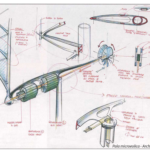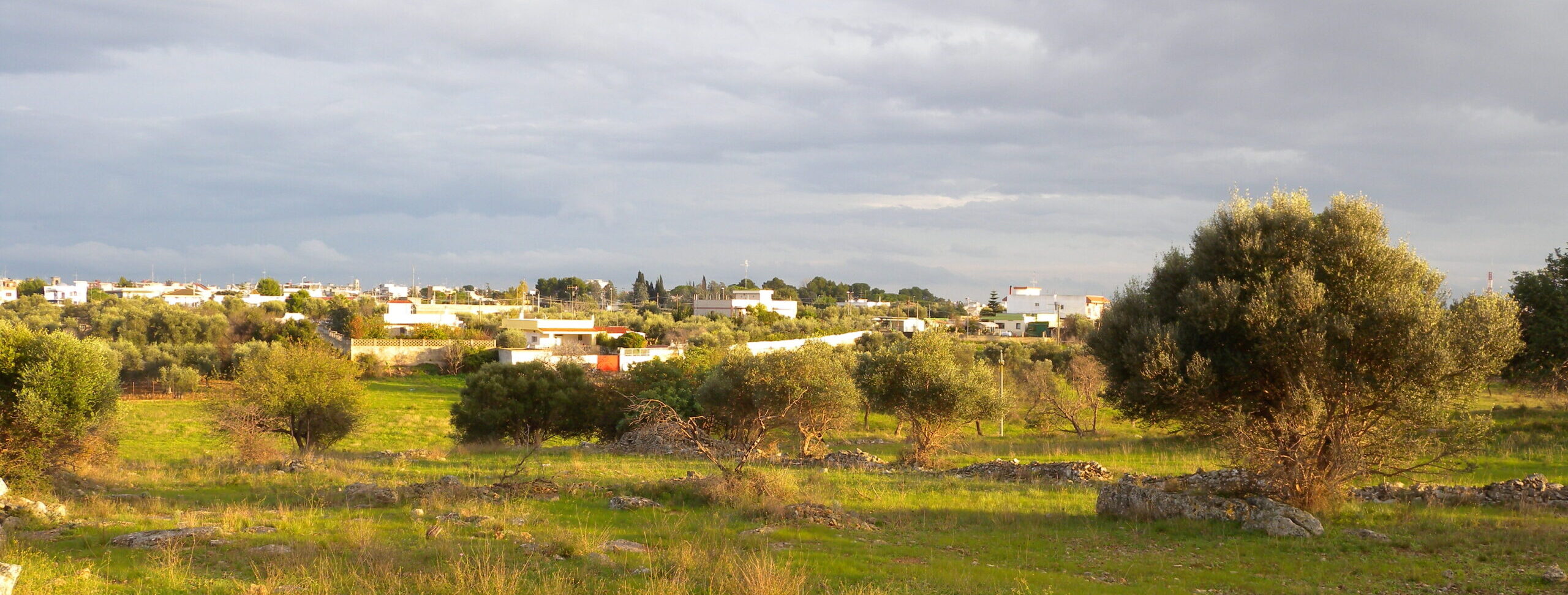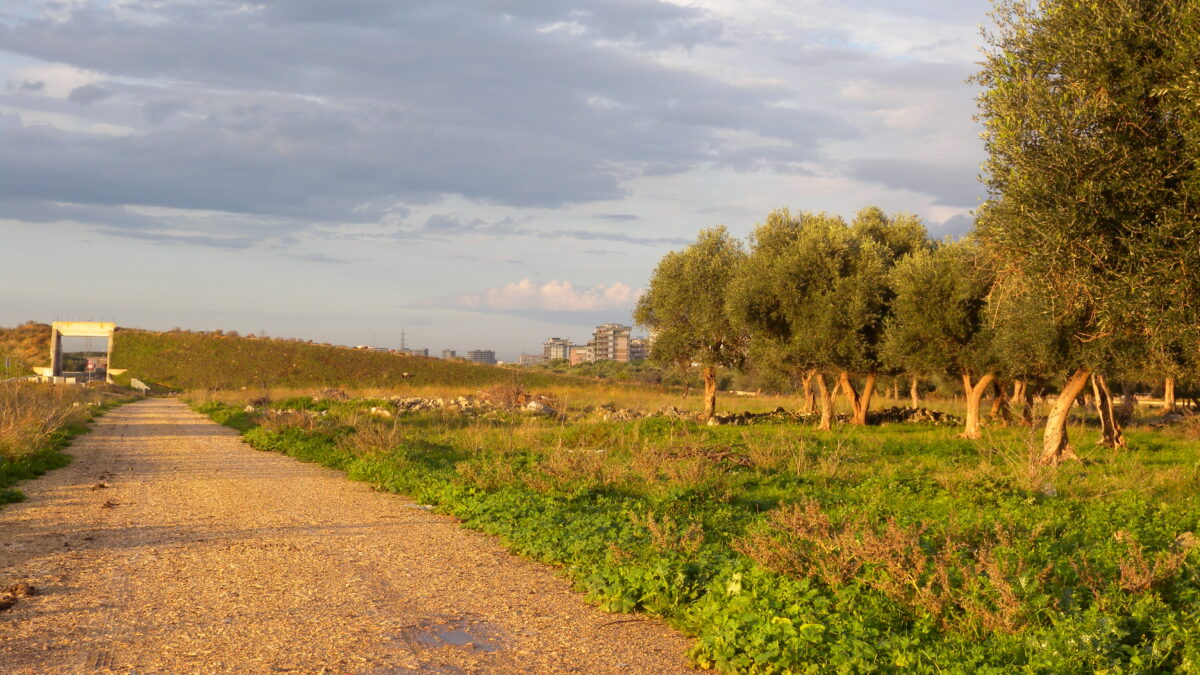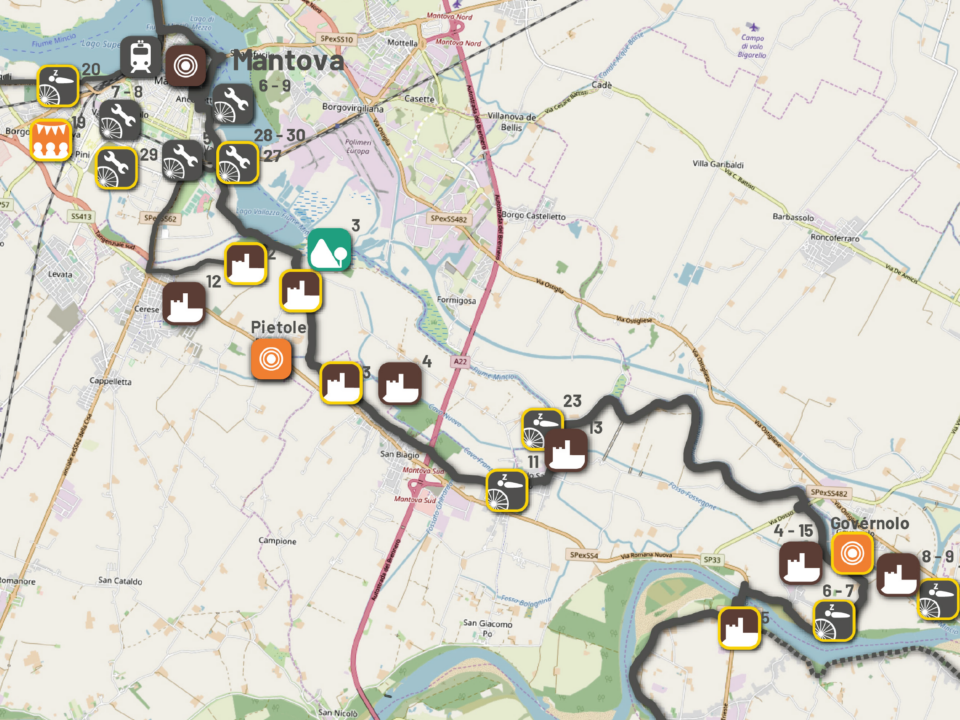
Energy policies and local action: a new role for cities
25 June 2011
Green Economy: social capital and inclusion
25 May 2017
Policies for suburban and metropolitan green areas
INU Seminar - Lazio
Working Group Metropolitan Area of Rome
Rome, 22nd March 2013 - Giovanni Cafiero
City of the other economy, Campo Boario dell'ex Mattatoio
- Periurban areas: a European perspective
According to Eurostat (Regional YearBook 2011) 339.7 million people, 68% of the population of the European Union lives in urban areas.
The areas classified as periurban have in Europe a territorial extension of 48,000 km2, equal to that of urban areas but with a total density and population equal to half of it.
The peri-urban areas are defined as "areas of discontinuous building development with settlements of less than 20,000 inhabitants and with an average density of at least 40 inhabitants per Km2, measured on cells of 1 Km2" (PLUREL project - VI Research Framework Programme of the European Commission). If we add up urban and peri-urban areas, we have a population set of about 75% of the entire population of the European Union, for a total of 374.8 million people.
Within the framework of European regional policies, the sum of the urban area and the periurban area gives space to the identification of the "functional urban area". The sum of the functional urban area and rural interland gives rise to the "urban-rural region".
urban area + peri-urban area = Functional Urban Area
urban area + peri-urban area + rural hinterland = Rural-Urban Region (RUR)
If we consider peri-urban areas in terms of reference markets - for some economic activities taking place in the area as a connecting zone between urban and rural areas and not as a peripheral component of urban areas - we can immediately appreciate the specific potentialities they can offer.
So let us consider the periurban areas as a link that is actually at the centre of important territorial, environmental, social and functional networks.
From the point of view of economic performance, peri-urban areas are also places of innovation and development of services and employment. 25% of Europe’s peri-urban regions are classified by the EU as "highly innovative" regions.
At the same time we must consider that the peri-urban areas are subject to a significant settlement pressure. It is due to their large endowment of green areas and, sometimes, to the lower cost of housing often caused by poor urban management. That is because on the one hand it does not provide the necessary supply at an adequate cost, on the other it outsources the environmental costs. This pressure induces a very negative phenomenon of parcelization and land consumption.
According to a most recent European studies (Peri-urbanisation in Europe: Towards a European Policy to Sustain Urban-Rural Futures, Berlin, 2011), the growth of peri-urban areas - equal to 1.4% - 2.5% annually – has an estimated rate of about 4 times the rate of growth of urban areas (0.5% - 0.6% per year). If it is not going to slow down it could lead - in over 30-40 years - to doubling the extension of peri-urban areas. Consequently, there will be a very high consumption of agricultural land, a decline in landscape quality and a significant increase in the fragmentation of ecological networks.
- Crises and creative policies
The very serious economic and institutional crisis we are going through requires the testing of new ways of involving social and economic actors. In fact, they determine the transformation and management of the city and peri-urban areas. Creative policies are therefore needed. These policies are creative not because they lack concrete assumptions, but because they compose and integrate in an overall project. This project produces new values and meanings, factors and activities based on foundations (economic, technical, cultural, regulatory) that are real, existing or possible, and able to produce positive effects for the regeneration of the city and the quality of the landscape. The continuous evolution of economy, technology, together with material and intangible needs that society expresses, it does require and give value to the ability to pursue the collective interest in a creative way, with the involvement of civil society and businesses.
Peri-urban areas can be considered a very fertile environment for innovation and for creative policies that enhance the living forces of the urban community.
- Innovation: new and useful
"If a new result is to have value, it must unite elements long since known, but till then scattered and seemingly foreign to each other, and suddenly introduce order where the appearance of disorder reigned. […] Discovery consists precisely in not constructing useless combinations, but in constructing those that are useful, which are an infinitely small minority. Discovery is discernment, selection. [...]Among the combinations we choose, the most fruitful are often those which are formed of elements borrowed from widely separated domains”
Henri Poincaré (1854/1912), scientist and mathematician, from Science and Method, 1906.
Translated by Francis Maitland. Thomas Nelson and sons - London, Edinburgh, Dublin, & New York
- The formula of creativity
There is a first necessary characteristic (the combinations produced must be new), and there is a criterion to determine whether the novelty produced has creative value (the necessary and sufficient condition is that those combinations are both new and useful).
Categories of the new and useful explain the essence of the creative act: to overcome the rules (the new) to establish a better shared rule (the useful).
In short, Poincaré establishes a simple norm that leads the multiformity of possible creative gestures to the formula
C = n ·u
As a matter of fact, creativity is the product of an amount of "new" and an amount of "useful". In any case, novelty and utility must be co-present, and they cannot be equal to zero (nor negative): in the total absence of novelty, or utility, we cannot define an idea as "creative".
- Creativity and usefulness: the landscape of peri-urban areas
The periurban areas - where the "forma urbis" is less recognizable and it is difficult to find those characteristics of the rurality that constitute a recognized value of the Italian cultural heritage - are not, as has been affirmed for years by urbanism, "compromised areas" to be used for needs that the town centre cannot meet (from social housing ... to landfill).
Instead, these areas are rich in different contents, which through new combinations can combine creativity and utility.
- Social inclusion: margin spaces as spaces of diversity
Many studies of human and social disciplines have highlighted the crucial role in social integration policies that belong to the habitat. For many social groups to which urban policies are directed, it consists of peripheral and marginal areas.
In the case of European urban suburbs, the habitat cannot be represented by generic complaints about the lack of services and the presence of degradation. Indeed, the periurban areas of European cities are often rich in widespread cultural and environmental heritage, and interstitial agricultural areas. They represent an important basis for the habitat qualification and for the multiplication of experiences of undertaken linked to local development.
In these cases, positioning in margin contexts can represent a potential expression of completely original meanings and activities. “Thus the peripheries, the margins, express the meanings that the centers explicitly deny or repress and the margins, understood as otherness, become the place that expresses all social and cultural entities” (R. Shields).
Consequently, "society of the town centre allows its marginalities to realize those cultural, political and economic paths denied by the explicit model that states". (Matilde Callari Galli).
- The liberalisation of welfare and urban services: the margins as spaces for the provision of innovative services
The European welfare system - especially in the countries of the Mediterranean area, but not in general throughout the EU - is entering into a crisis as a result of two divergent pressures: on the one hand the continued growth of expenditure, on the other the significant slowdown, and even the process of recession, the growth of the Gross Domestic Product, resulting in a slowdown in tax revenues. A progressive debt has been the response to it for too many years.
As for the crisis of the welfare system and urban public services, one of the possible answers - within the framework of a varied and complex strategy - is to promote a new way of organising the provision of services. It will involve primariy the private enterprise through a widespread and diversified offer of services, both near greatest social need areas - which are often the peripheral areas - and variegated area in low-cost circuits.
It is also important, with reference to the welfare system, to act within an urban strategy that is based on an integrated model of public - private services according to the new constitutional canons of subsidiarity.
Possible business lines for peri-urban areas include:
- Development of supply chains linked to agricultural production, from zero kilometre products, to purchasing groups, to producers' markets, to the entire "Food" chain for the urban and metropolitan market
- development of social agriculture both by exploiting existing experiences and creating the conditions for the development of new initiatives with reference to the encounter between the agricultural world and the social and health world (social farms);
- development of the experiences of educational farms as a meeting point between agricultural activities and school facilities for the cultural growth of urban populations and the recovery of the values of rural life and the environment for new generations;
- development of an integrated and easily accessible system (network) of rural hospitality for the creation of a low cost tourism system that addresses in the periurban areas part of the flow of visitors to the cities and offers the local business world opportunities for income diversification
- development of cultural activities and events in agricultural areas (theatre, art, music, etc.) to offer income supplements to businesses and an offer - complementary to the urban one - able to lighten the impact on historic centres, avoiding or attenuating the particularly critical situations that are found in the ancient centers of the cities of art between June and September each year.
- Youth employment and business creation: margin spaces as spaces for doing
Few remember that at the dawn of the industrial revolution the birthplaces of the first workshops were the rural areas around the cities, where communities and workers alternated work in the fields with work in textile workshops, mechanics, and so on.
Scholars of the 1800s, as the Russian scientist and geographer PËTR ALEKSEJEVIC KROPOTKIN documented in the essay Fields, factories, workshops (1913). Periurban rural settlements were therefore par excellence the spaces of doing. Only later did the factories become concentrated in large plants around urban areas. Then they left in urban areas only the management centers of the companies and relocated the factories in rural areas. Recently, the factories were relocated also in other countries in the context of globalisation.
However, cities today are mostly places of youth unemployment. The activities of the traditional service sector and the public service sector can only absorb part of this supply. The aim is to create new job opportunities that respond to changing market needs and the needs of society.
- Territorial and local ecological networks
The set of green and agricultural peri-urban spaces - of the minor hydrographic network - are some of the components of local ecological networks. The natural values present at the local level are also elements of broader ecological and environmental systems.
The areas that make up these ecological networks assume importance for monitoring the behaviour of the environment in contact with urban systems and the state of the urban environment as a whole.
- What to do
Restart a radical reformist path in urban and territorial policies through:
- The reform and revitalization - in a renewed and coordinated metropolitan institutional context - of the system of protected areas of Rome (RomaNatura, Appia Antica, Veio Park, Reserve of the Coastline, and so on). It was born as one of the possible actors of innovation and it was sunk in the last decade by short-sighted and conservative policies or practices of housing.
- The immediate implementation - as part of a process of strengthening local participation and administrative decentralization - of the forecasts of urban agricultural Parks, contained both in the new PRG of Rome and the
- The fight against land consumption through the revision of urban planning based on the widespread use of green and agricultural areas.
- The cultural and tourist promotion of the Campagna Romana brand in the integration between an extraordinary archaeological heritage and agricultural landscapes made known throughout the world over the centuries through the immortal work of writers and artists.
- The liberalisation of the main environmental services in the direction of decentralisation, openness to competition and third sector of the result evaluation, quality and efficiency of services (e.g. separate collection of waste).
- The adoption of an Action Plan for peri-urban areas that integrates urban planning policies and social and economic development policies to:
- promoting a system of services for social inclusion
- the promotion of environmental education services affiliated with the city school system
- the development of new enterprises for environmental services for the city (decentralised separate collection, energy efficiency services, green maintenance, etc.)
- family-work reconciliation services (day care centres, services and leisure for children or the elderly, etc.) able to help young families, facilitate entrepreneurship and women’s work.
- services and supplies for the food supply chain
- services and spaces for culture and leisure through the recovery of forgotten cultural heritage
- services and spaces for innovation and youth entrepreneurship through the recovery of abandoned areas and buildings
- a specific attention to the agricultural and peri-urban areas of the Roman metropolitan system in the new 2014-2020 programming (Funds for Regional Development, European Social Fund, Rural Development Plan).




